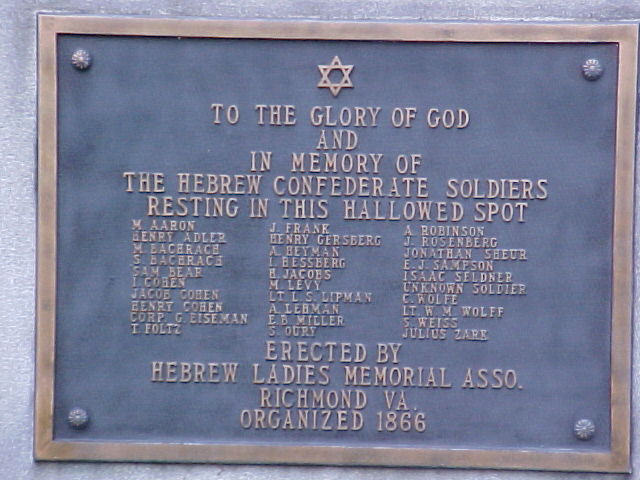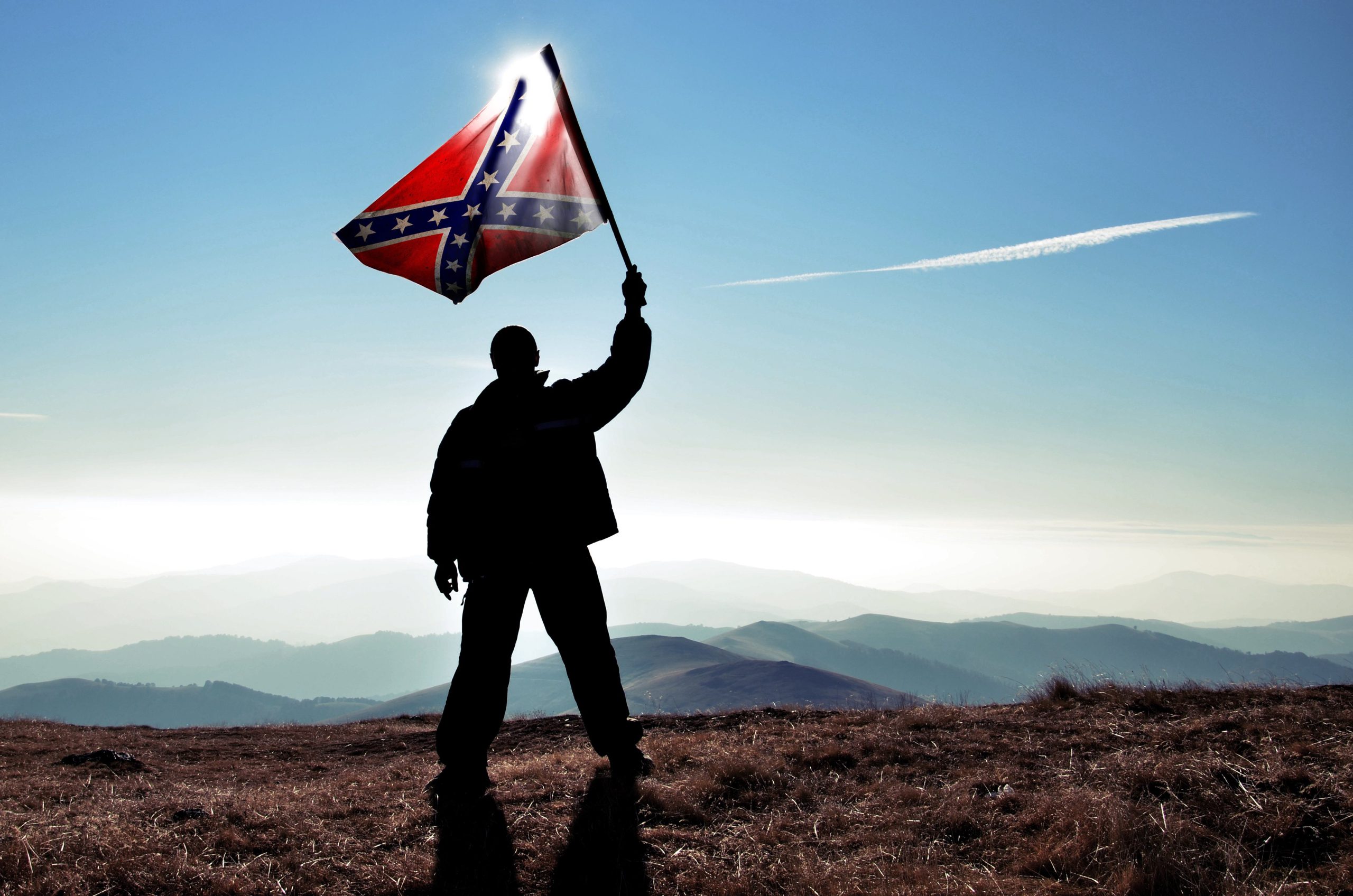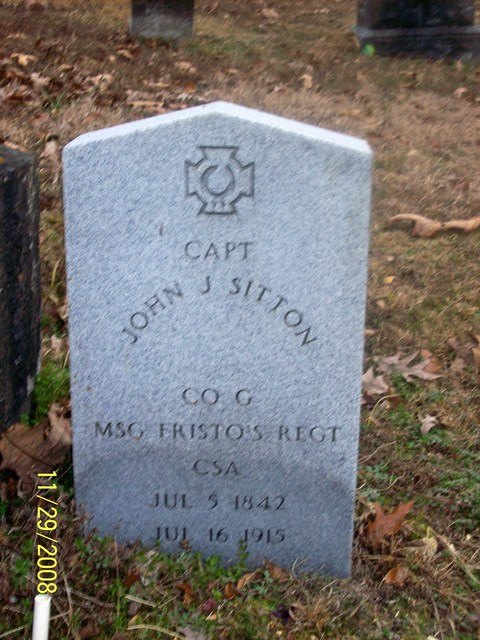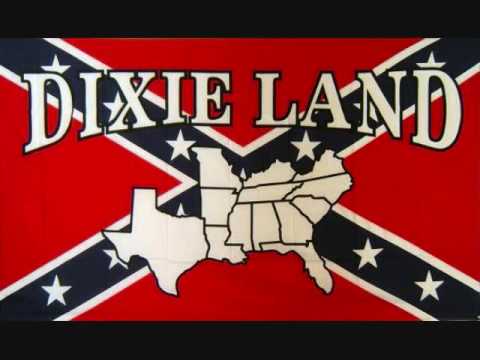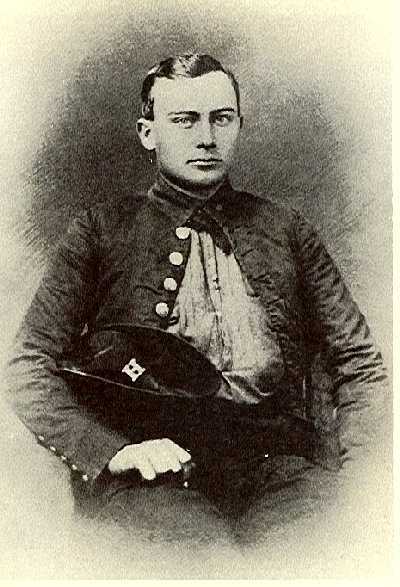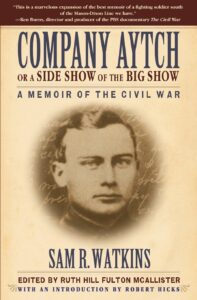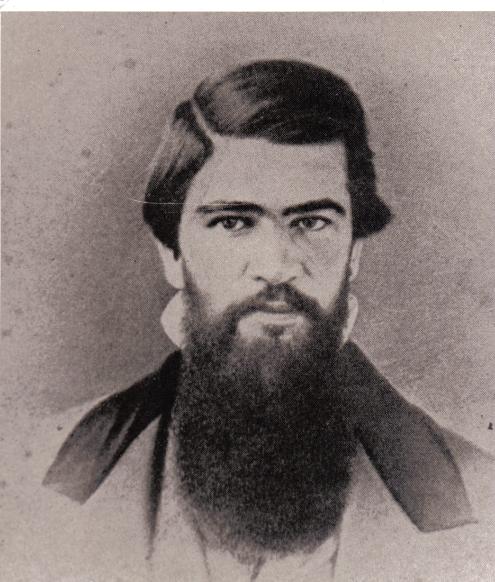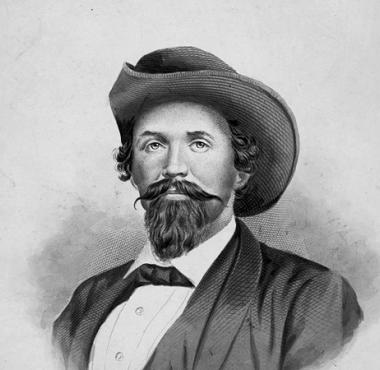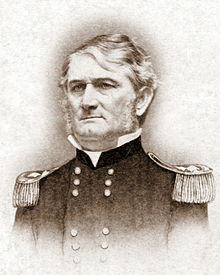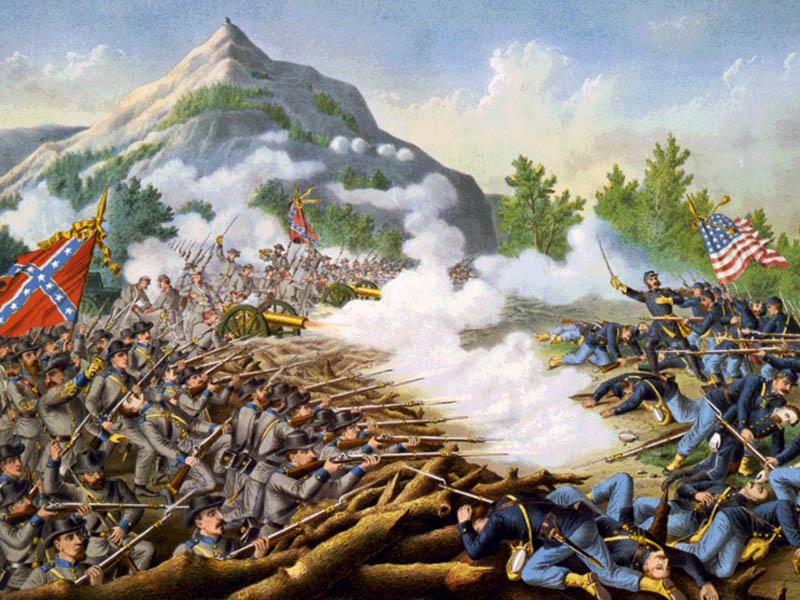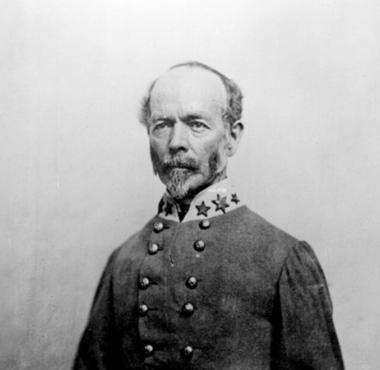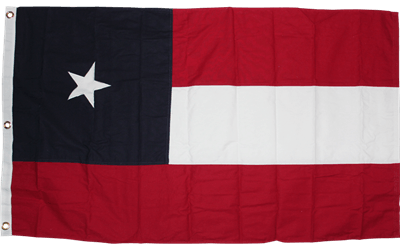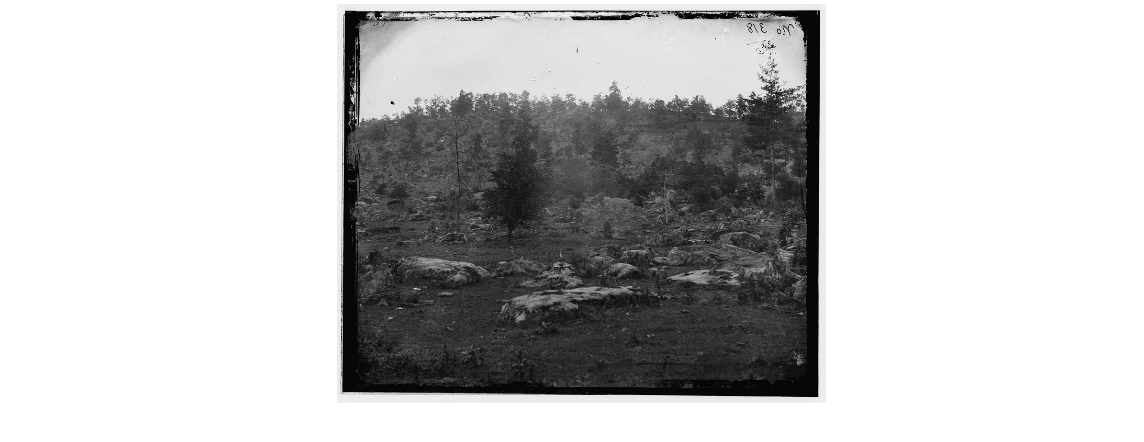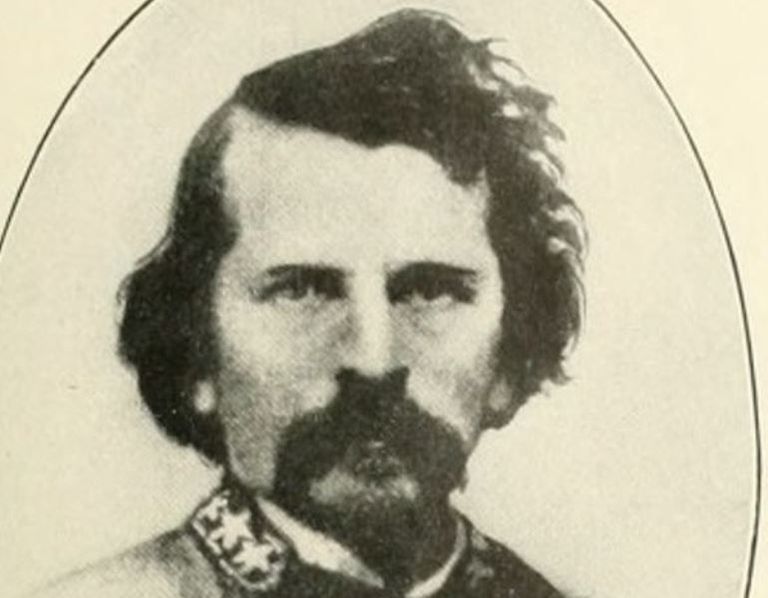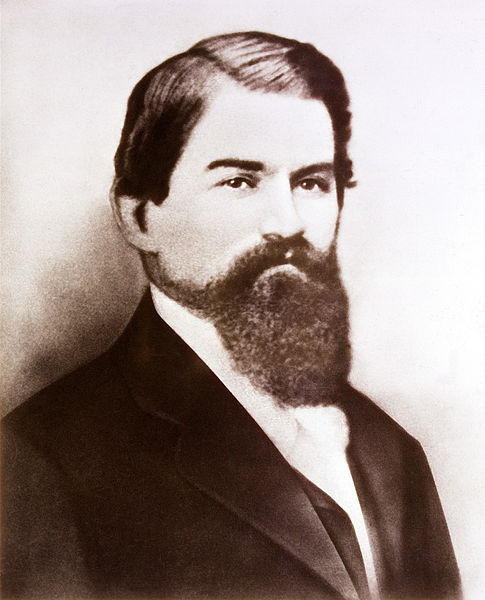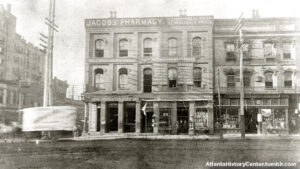
What can you say about the Irish born Confederate soldier Henry Kyd Douglas?
General Robert E. Lee gave him compliments, Stonewall Jackson relied on his close service, women of Virginia, Maryland, and Pennsylvania were enchanted by his flair, drama, and good looks. Even the enemy Federal soldiers held an admiration for him.
Varina Davis, wife Confederate President Jefferson Davis once admitted, “With one exception, he was the handsomest man she had ever met.”
Douglas was born in Ireland in 1838 and his family came to America settling in western Maryland on the Potomac. When Virginia seceded from the Union he joined the Confederacy and later wrote, “I had no doubt of my duty… In a few days I was at Harpers Ferry, a private in the Shepherdstown Company, Company “B,” Second Virginia Infantry.”
Douglas devoted himself to the Southern cause. He served in nearly every major campaign in the Eastern Theater. Following the 1st Battle of Manassas he was promoted to 2nd Lieutenant and later served as the youngest member of Stonewall Jackson’s staff. He was wounded in six separate occasions during the war.
But things he did after the war were just as newsworthy as how he fought, if not more. He flaunted his Confederate uniform in the streets of his hometown Shepherdstown, which the Federal authorities declared as “a badge of treason and rebellion, intended and designed to encourage and incite rebellion.”
Douglas wound up in a jail cell in Washington, D. C. for this, but later served as a witness in the famous trial of the Lincoln conspirators.
And that’s not all. When most men were happy to be off the battlefield to return home to their families, Douglas sat down to write a personal “colorful” and dramatic memoir, I Rode with Stonewall. He used notes and diaries he made on the battlefield to tell his own experiences and those of the great and brave men who fought with him. He helped preserve to history these important stories.
The original memoir remains at the Historic Sherpherdstown Museum, and was not published until many years after his death. It can be said that I Rode with Stonewall is “one of the most remarkable stories to come out of any war.”
Well done young Irish Confederate soldier!
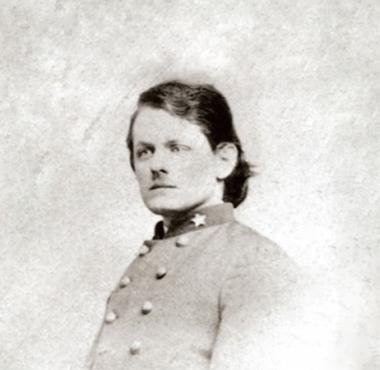
Henry Kyd Douglas
![]()
Thanks for reading. Please share our posts with your friends and family so they too can learn more about Southern Heritage and History.
Brought to you by: Ultimate Flags



